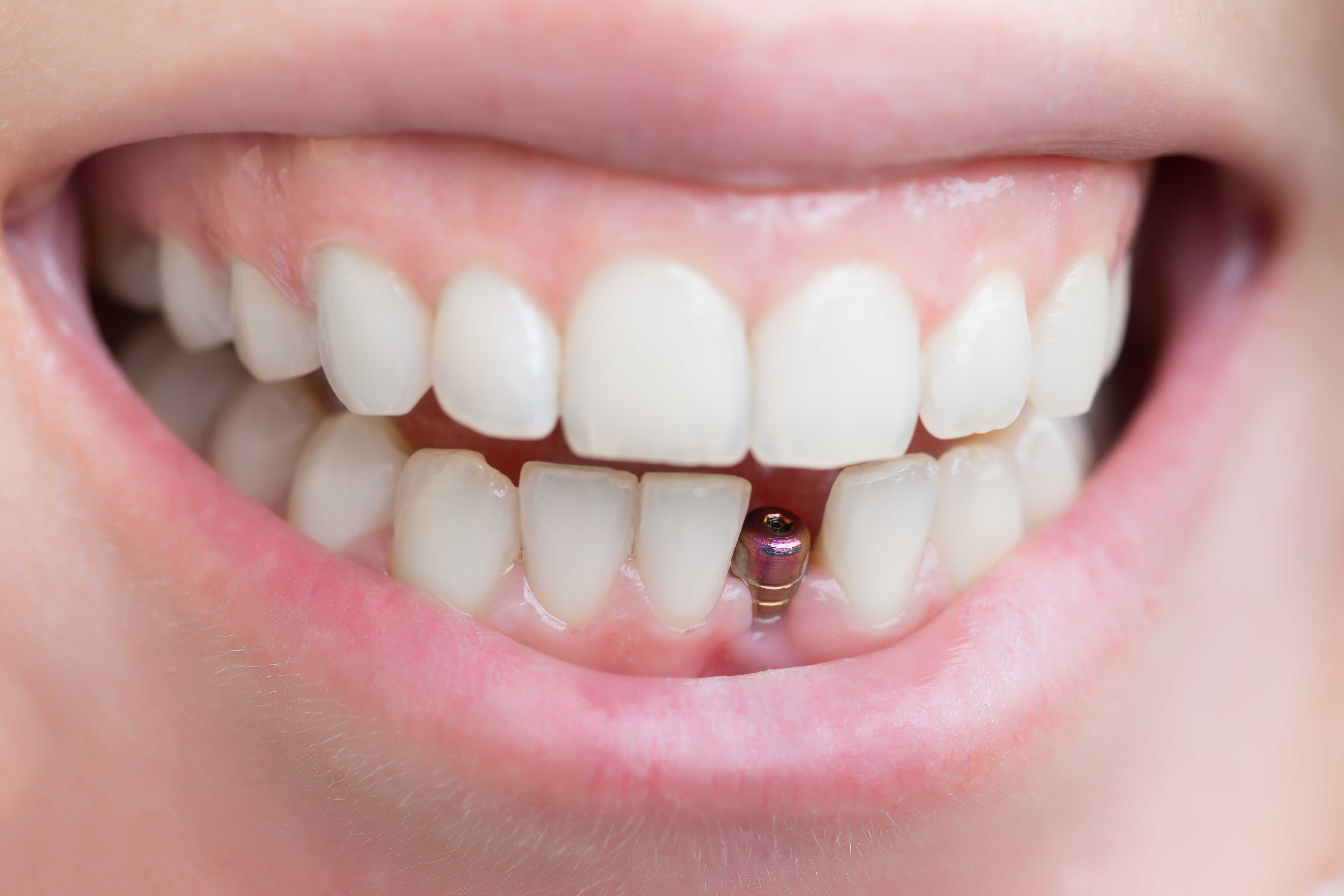Preparing for dental implants in South Yorkshire inevitably means taking on board quite a bit of information about what will happen. This is one of the best ways to be prepared and ensure that someone is ready for the whole procedure.
Many people don’t realise that one of the primary skills that a dentist, like PDC Dental Implants, has is the ability to communicate clearly and effectively about complex treatments like dental implants in South Yorkshire. This is because they understand that a well-informed patient is more likely to be satisfied with their treatment and the results.
Different stages
There are different stages to the process of getting dental implants in South Yorkshire. Each has its own challenges that a good dentist will not shy away from talking about. Having a comprehensive understanding of the benefits of dental implants really helps to keep someone motivated during the process as well.
Dental implant surgery itself takes places after consultation, examination and any preparatory work. The latter can take the form of extraction of the remains of any teeth or any unhealthy teeth. This is a relatively quick process. Another common procedure that is sometimes required before dental implants is a bone graft. The dentist will talk any patient through the process if any of these procedures apply to them.
The surgery itself
Dental implant surgery involves placing small screw-shaped items into holes in a patient’s jawbone. These are generally made from titanium which is a bio-safe material that helps to encourage what happens next. The holes are made using progressively larger drill bits until the desired size is reached. A dentist will want to use the largest implant that they can, as it is better if the forces that are going to be applied to it are spread over the largest possible surface area.
The bone heals around the dental implant and grips the screw-shape. By the time the healing process is finished, the dental implant is fully integrated into the jawbone. This means that it moves in concert with the multi-directional forces of chewing so the patient can use their new teeth in a natural way.




